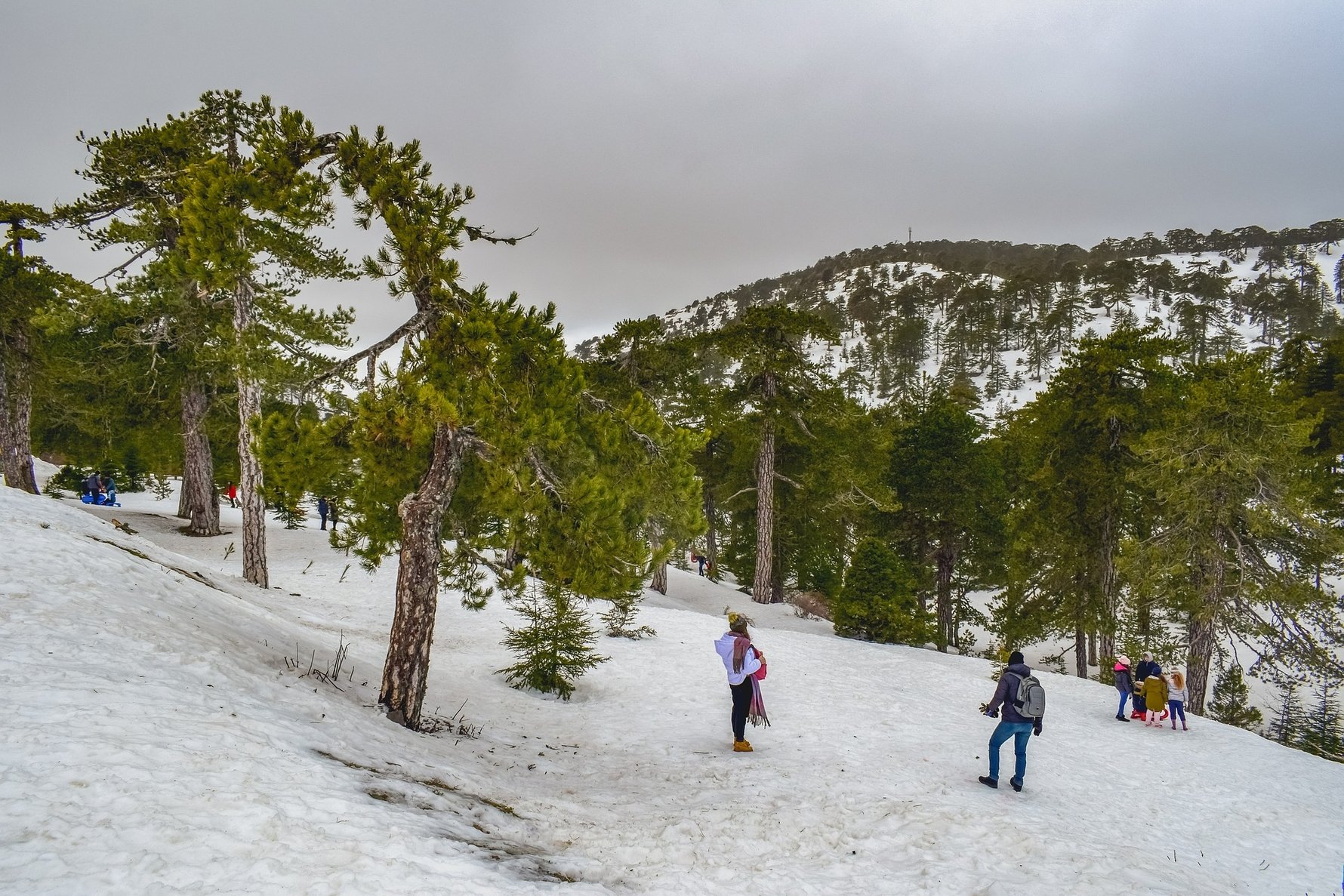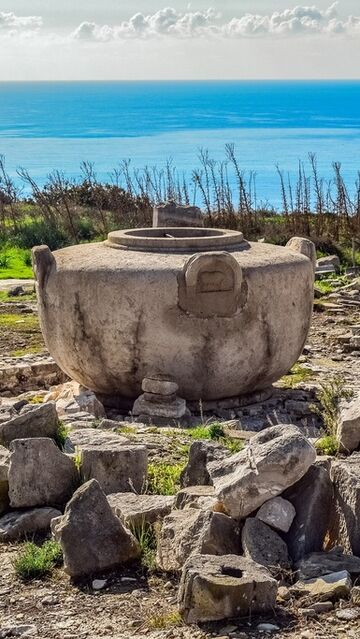The Troodos Mountains, the green heart of Cyprus, are an enchanting natural attraction that captivates visitors with their breathtaking beauty and serene tranquillity. Stretching across most of the western side of Cyprus, these mountains are home to verdant pine forests, quaint villages, and Byzantine monasteries and churches that hold a significant place in cultural heritage.
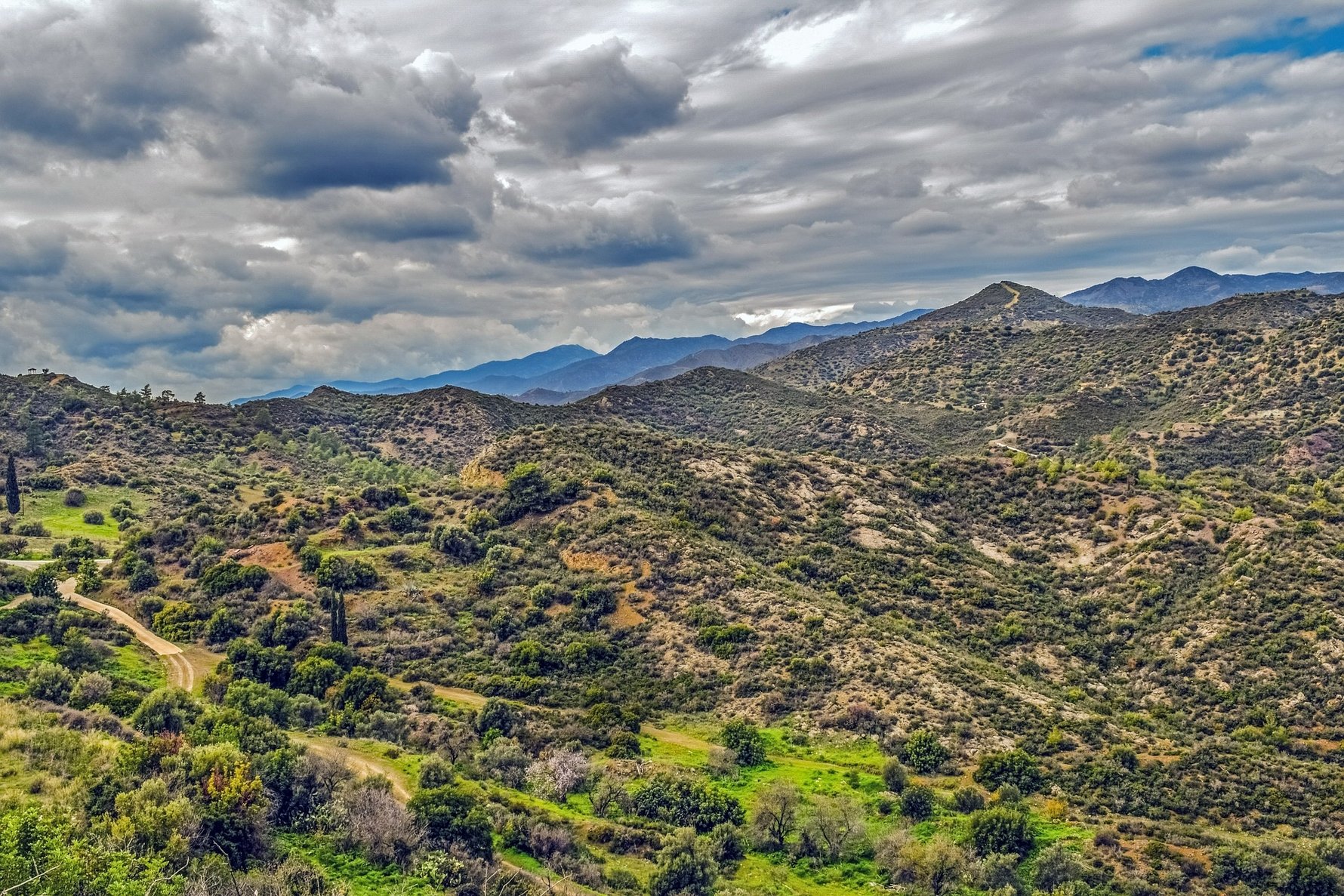
Natural wonders, cultural treasures and outdoor activities
The Troodos Mountains are not just a natural wonder but a cultural treasure too, housing some of the finest examples of Byzantine art. The painted churches of Troodos, 10 of which are recognised as UNESCO World Heritage Sites, are adorned with beautifully preserved frescoes that tell myriad tales of faith and devotion. The Kykkos Monastery, one of the most famous on the island, is home to an impressive collection of religious artifacts and icons.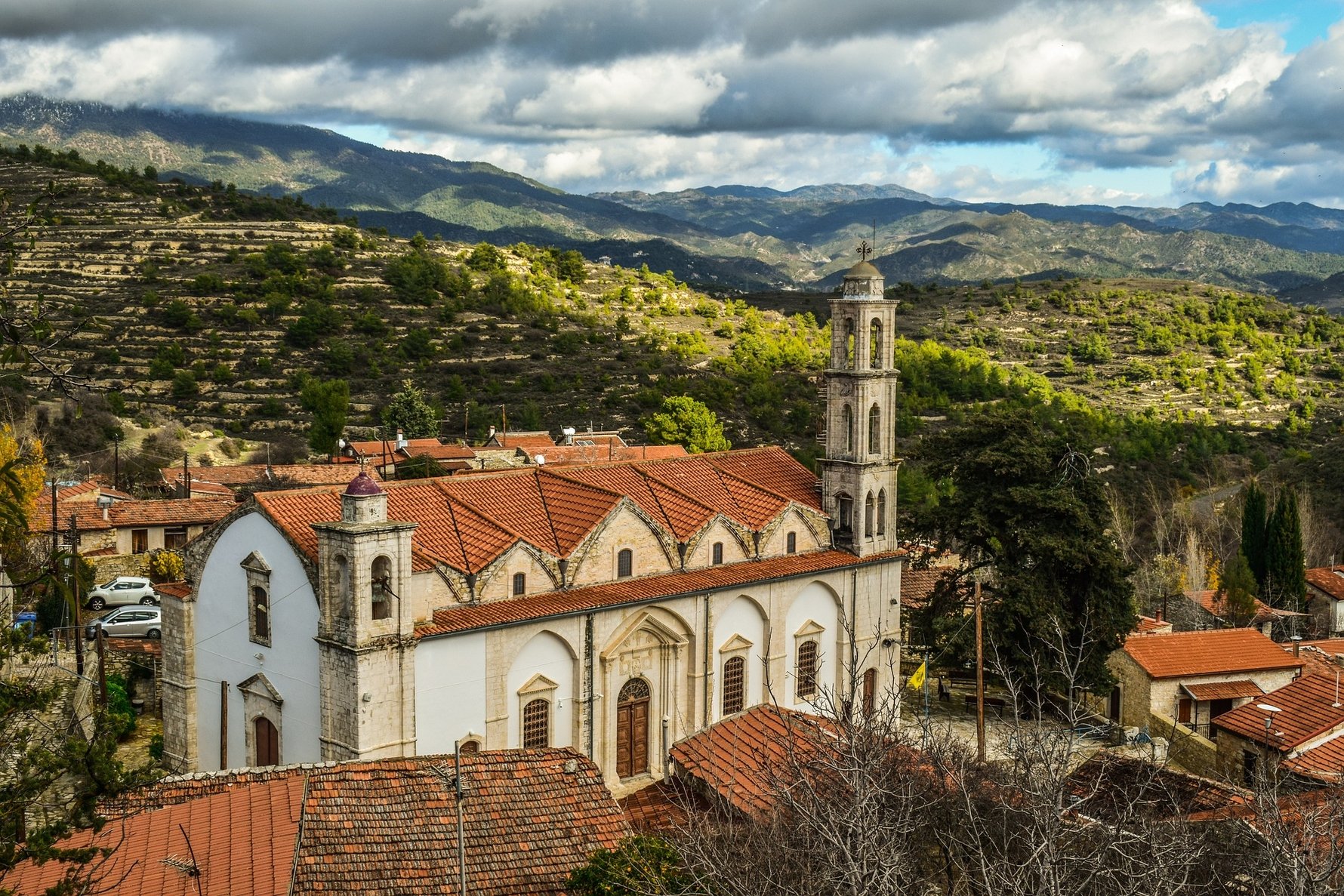
The Troodos Mountains offer an array of activities for outdoor enthusiasts. From hiking and cycling to birdwatching and camping, there is something for everyone. The mountainous terrain provides the perfect backdrop for adrenaline-pumping adventures or leisurely strolls in nature. For those seeking to learn a bit more, the Troodos Geopark is a must-visit destination. This park showcases the geological significance of the region, with interactive exhibits, guided tours, and special events that bring the ancient rocks to life.
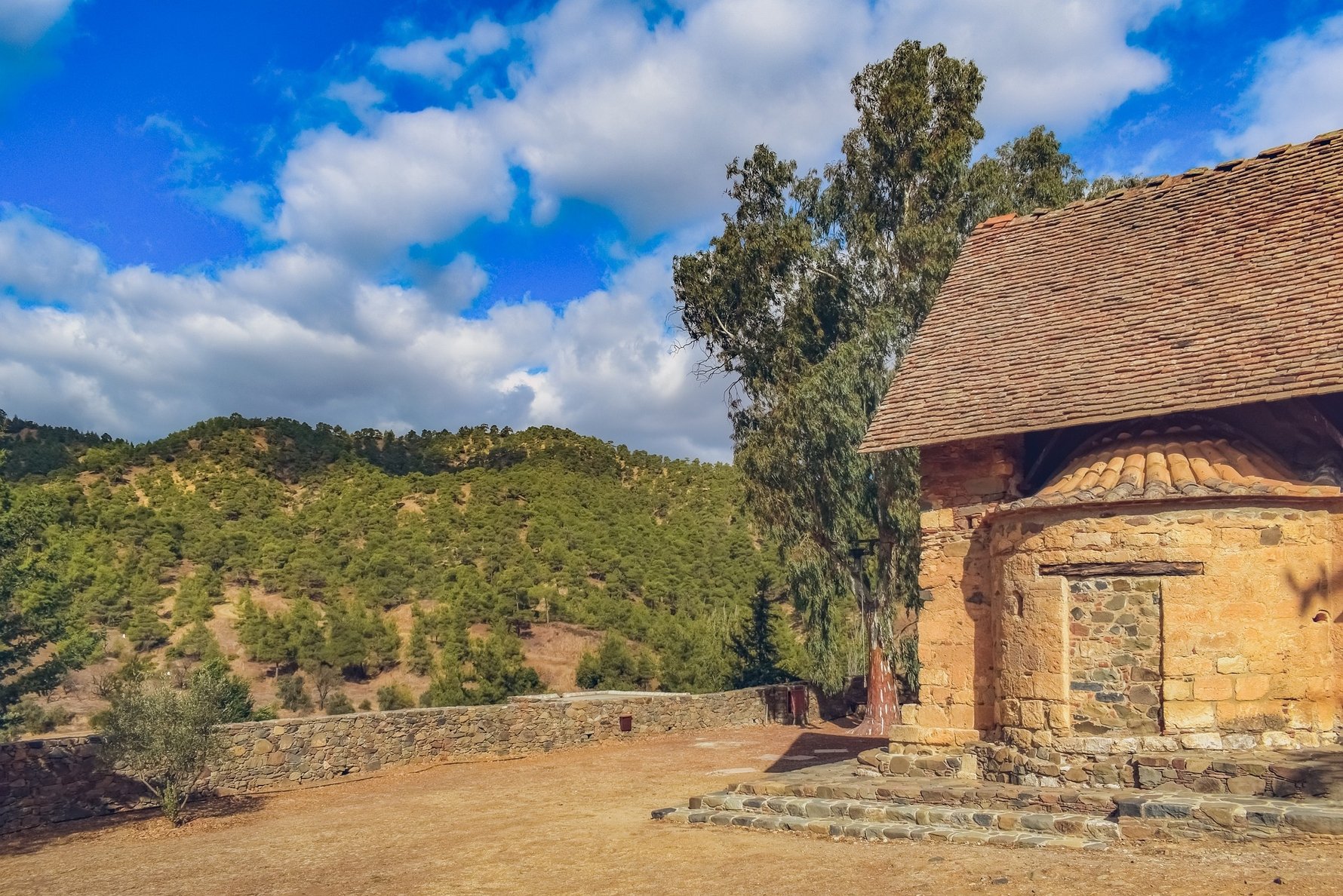
A fascinating history from ancient time to the 21st century
In addition to its natural and cultural attractions, the Troodos Mountains also have a rich history that spans thousands of years. Its strategic location in the centre of the island has made it an important trade route throughout history, leading to the establishment of many settlements and fortifications. The mountain range has also been a site of religious significance, with temples dating back to the Hellenistic period and early Christian churches built in later centuries. The Monastery of Agios Ioannis Lampadistis is a prime example of this, featuring both Byzantine and Gothic architecture.During the Middle Ages, the Troodos Mountains were home to numerous monastic communities, with monks seeking refuge in the remote and peaceful surroundings. These monasteries played a crucial role in preserving and promoting Cypriot culture, literature, and art. The region's history also includes periods of foreign occupation, including the rule of the Venetians and the Ottomans. This diverse cultural influence can be seen in the architecture, cuisine, and traditions of the Troodos villages.
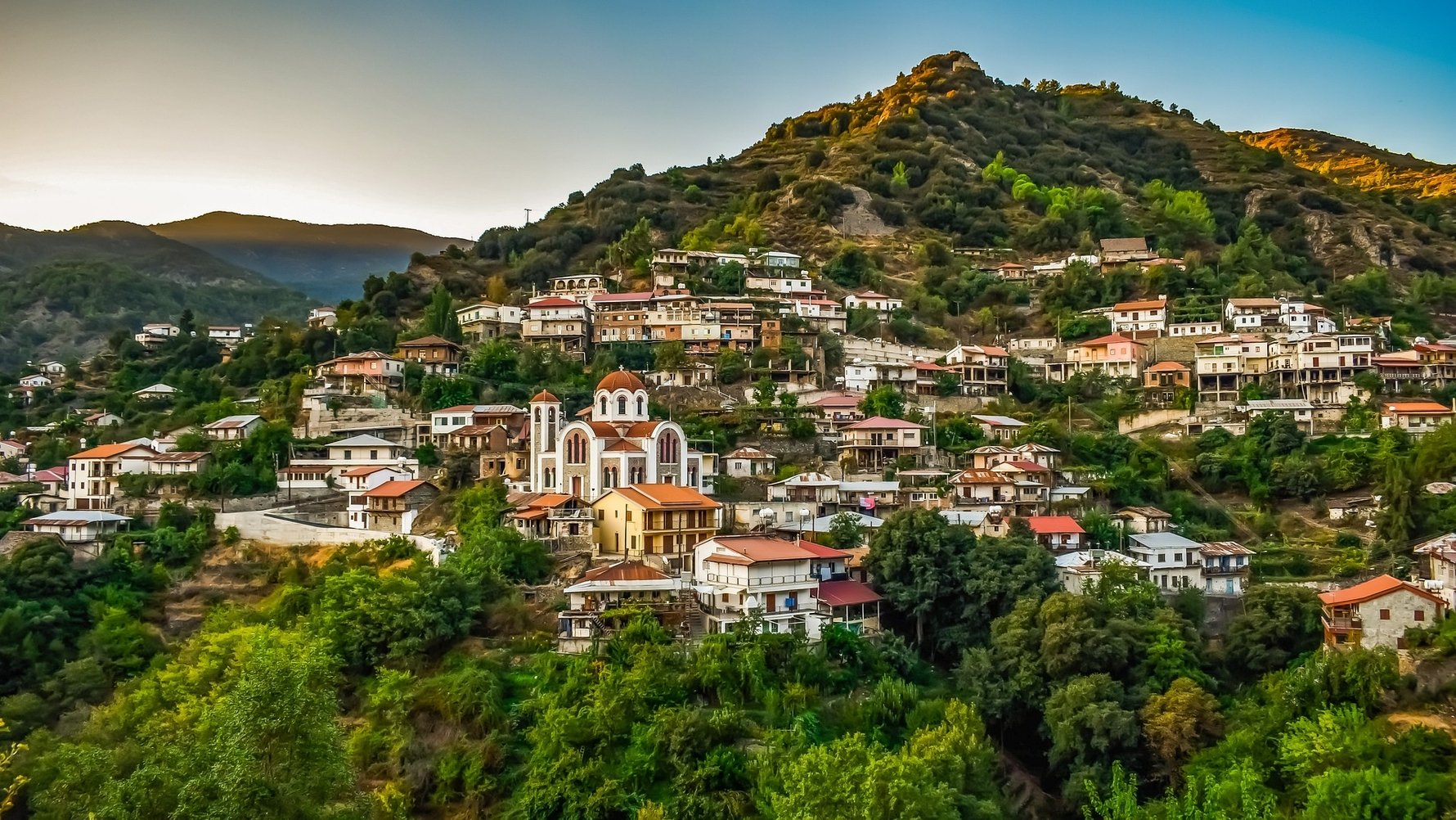
When to visit the Troodos Mountains
If you're visiting during the summer months, don't miss out on a dip in one of the many natural pools and waterfalls scattered throughout the mountains. These refreshing oases are perfect for cooling off after a day of exploring.The Troodos Mountains also have a rich cultural heritage, with numerous monasteries and churches dotted across the landscape.
The Troodos Mountains are a year-round destination, with each season offering a different experience. In spring, the mountains come alive with colourful wildflowers, while autumn brings vibrant foliage that is perfect for a scenic drive. Winter is ideal for snow activities, and summer offers cooler temperatures compared to the coastal areas of Cyprus.
